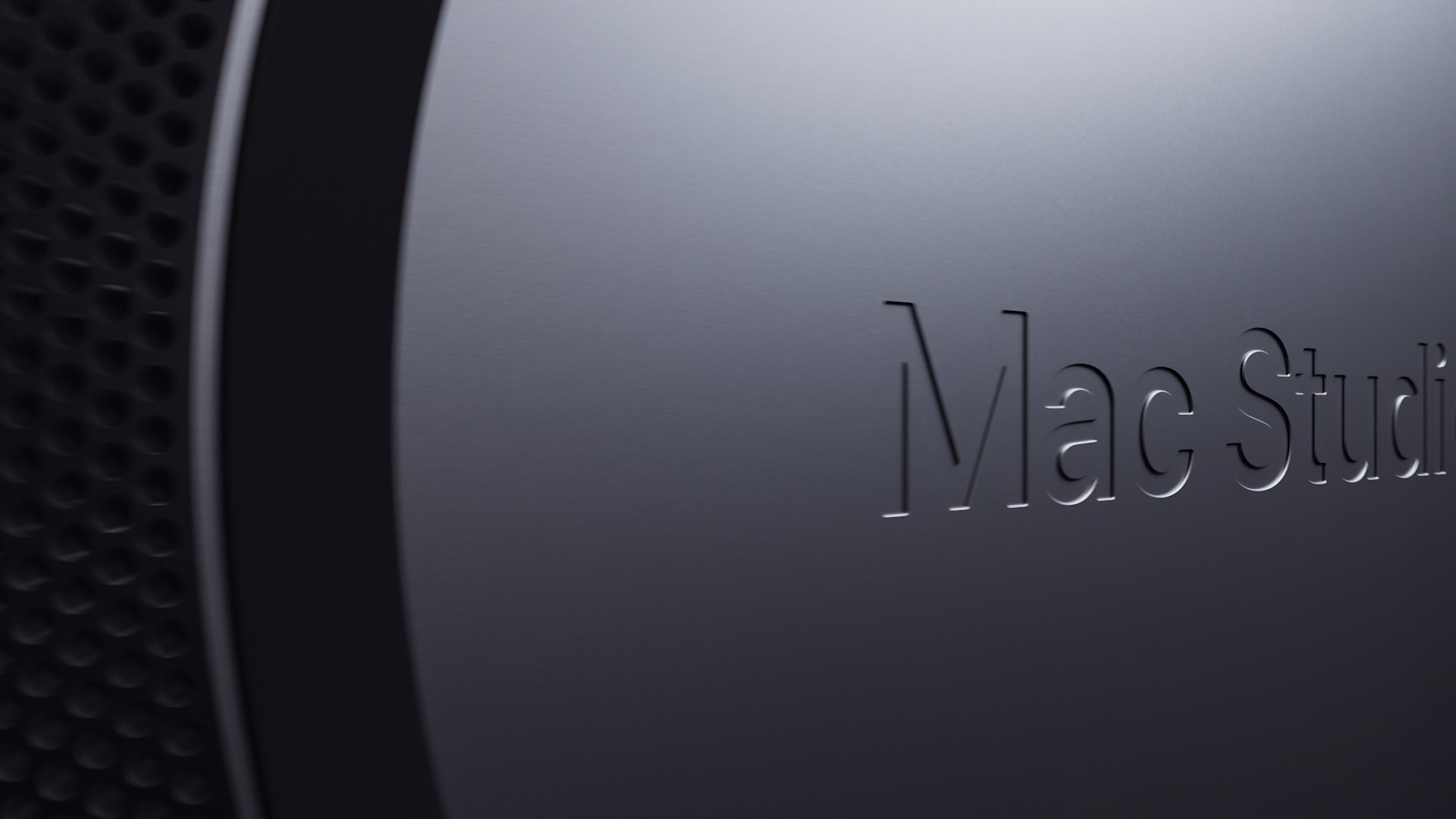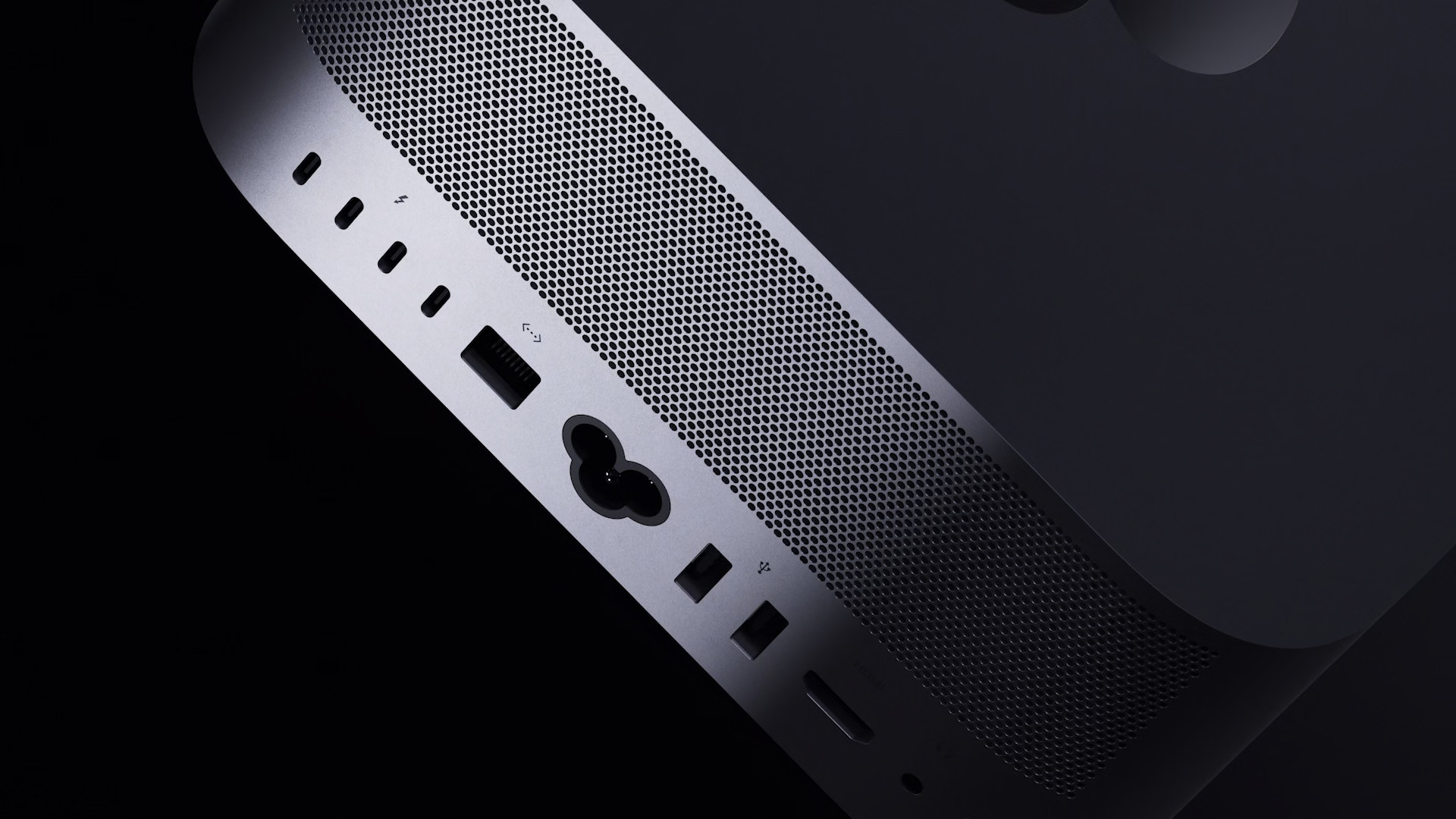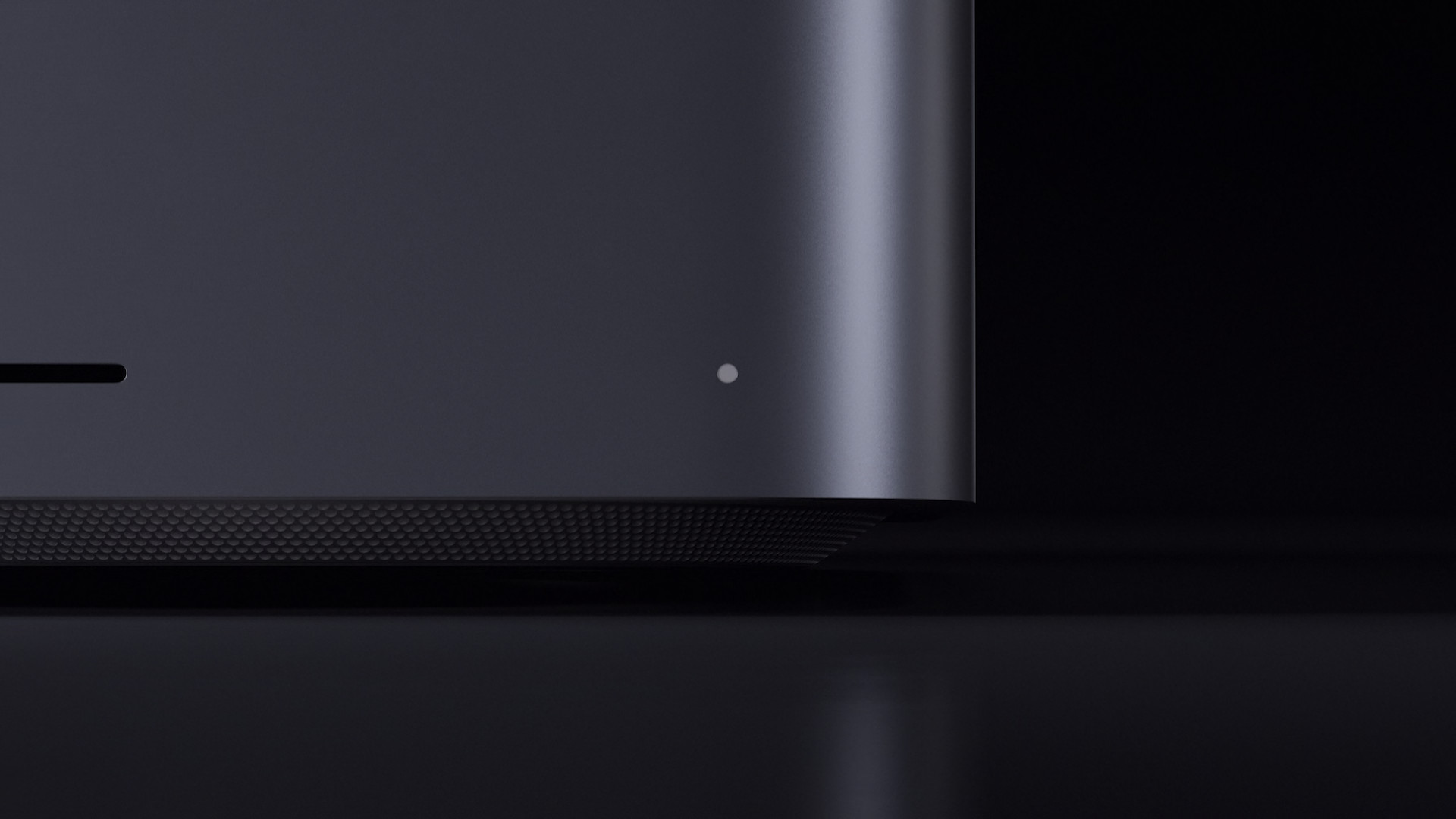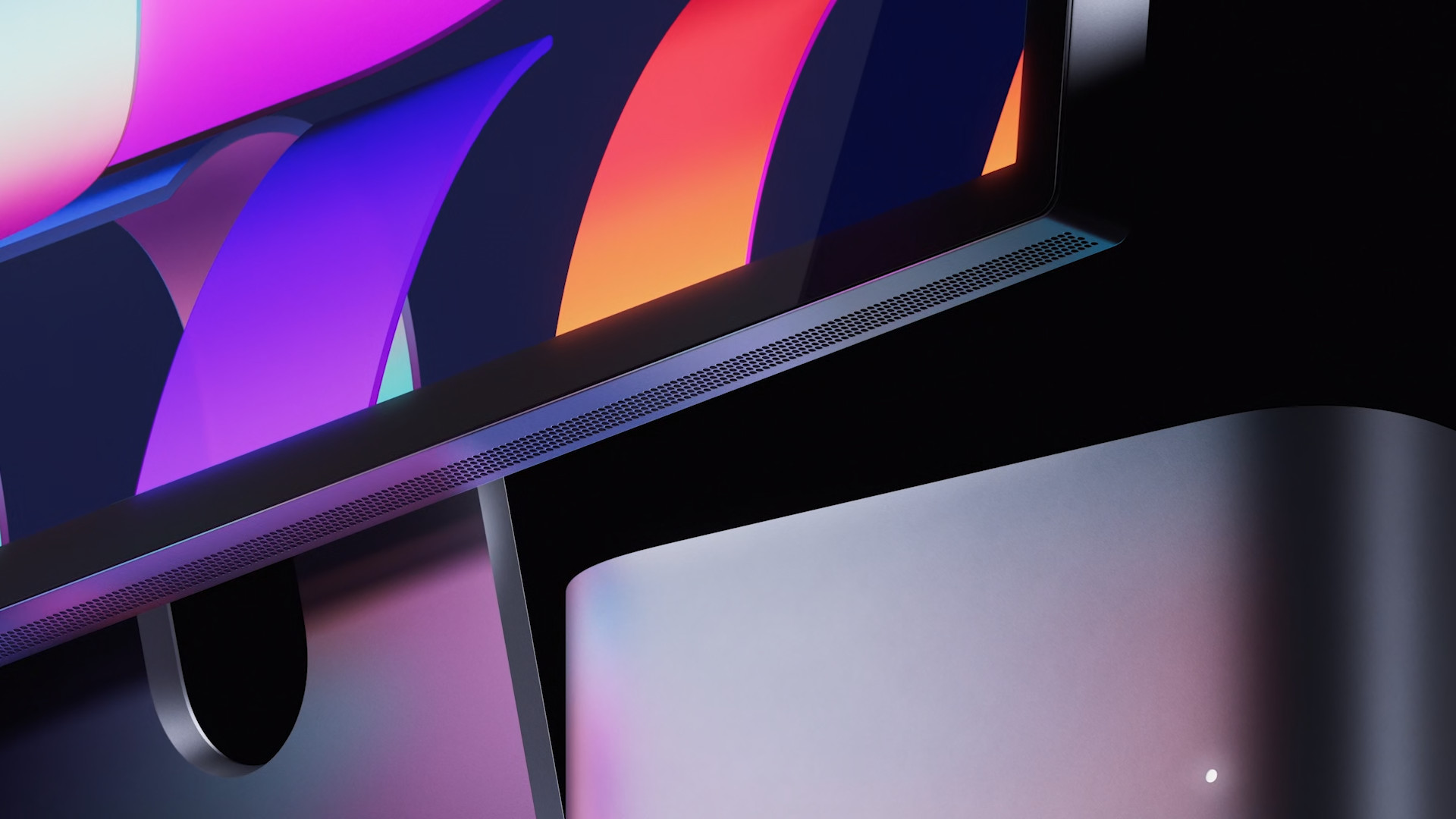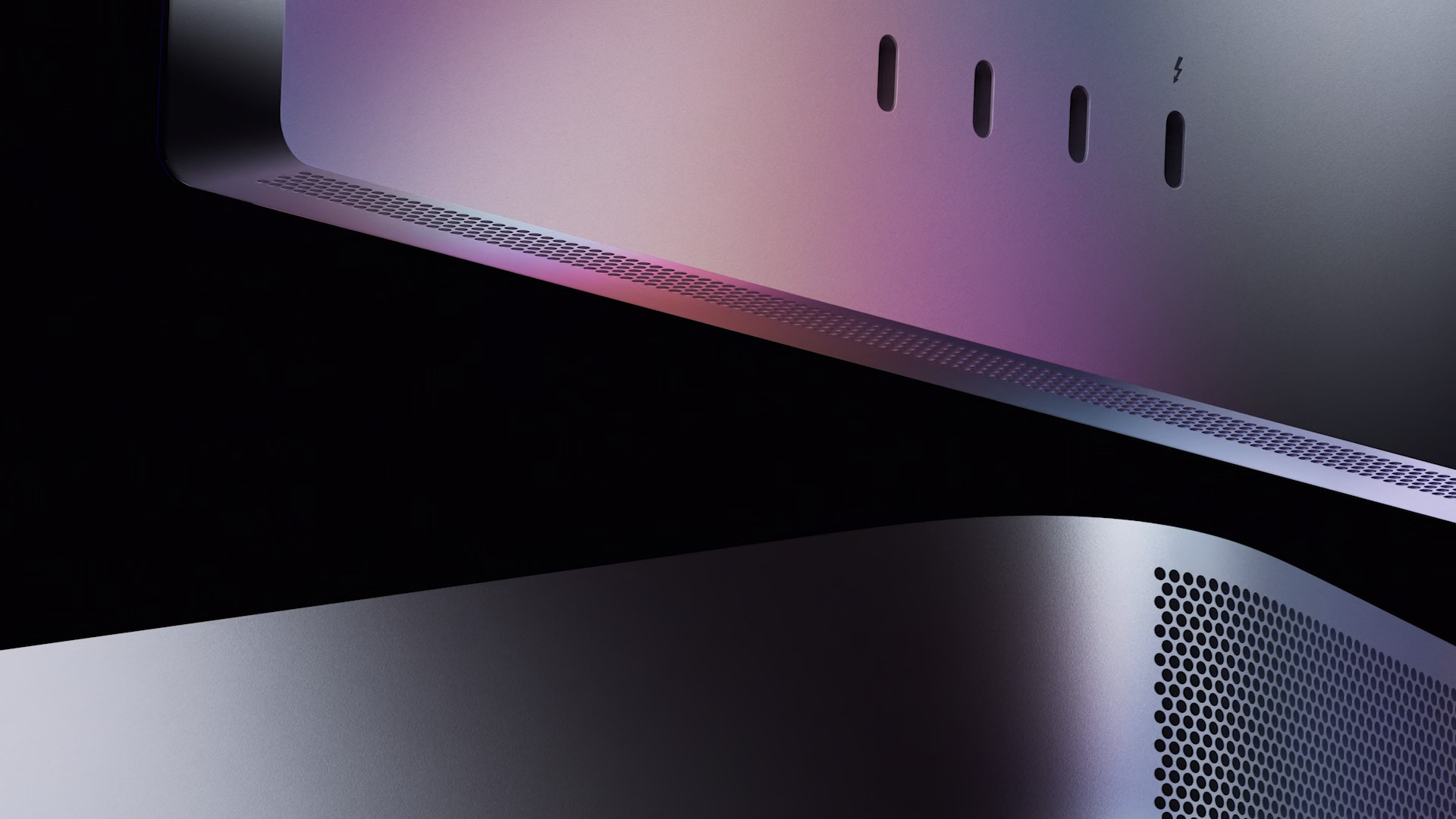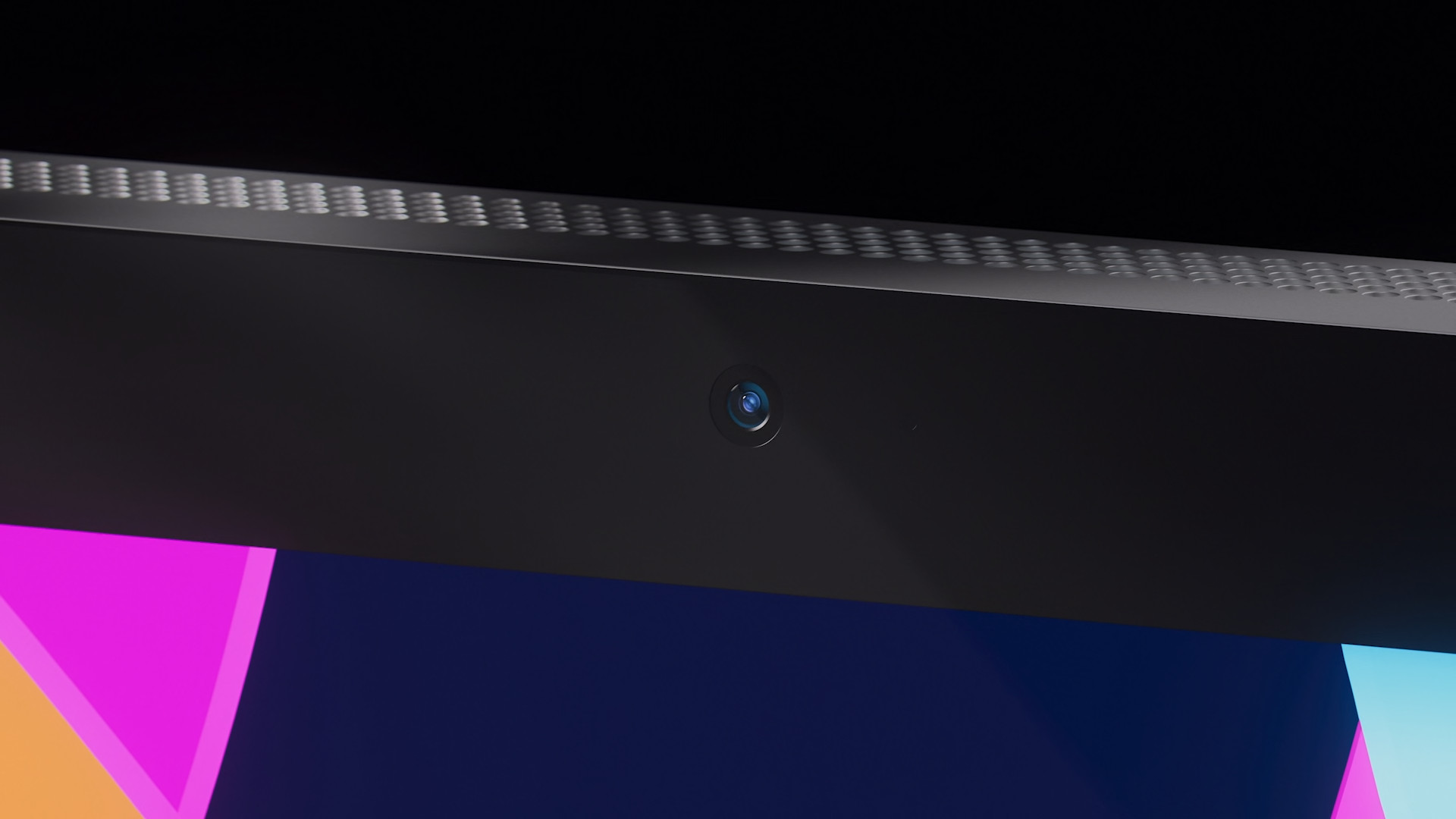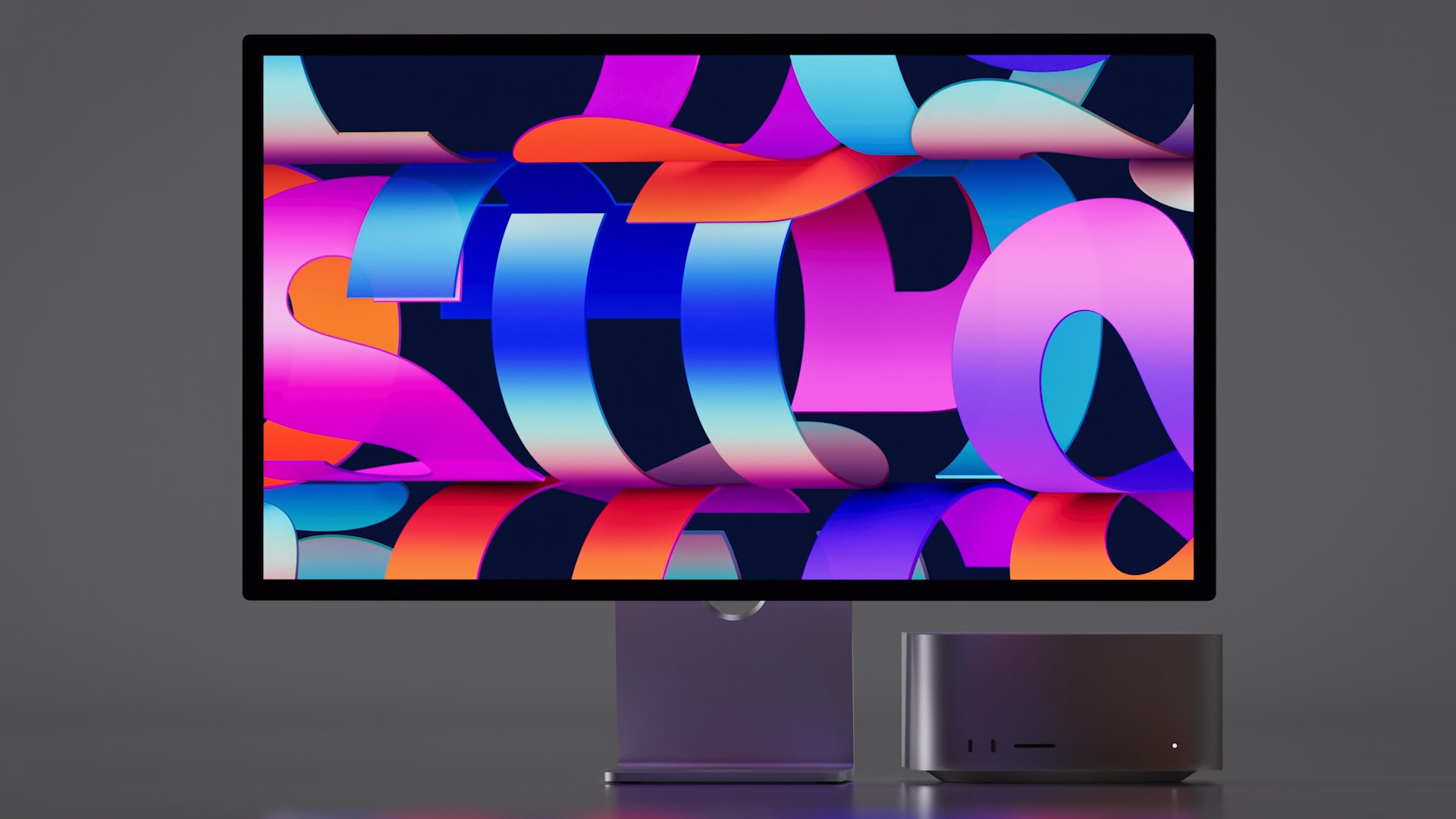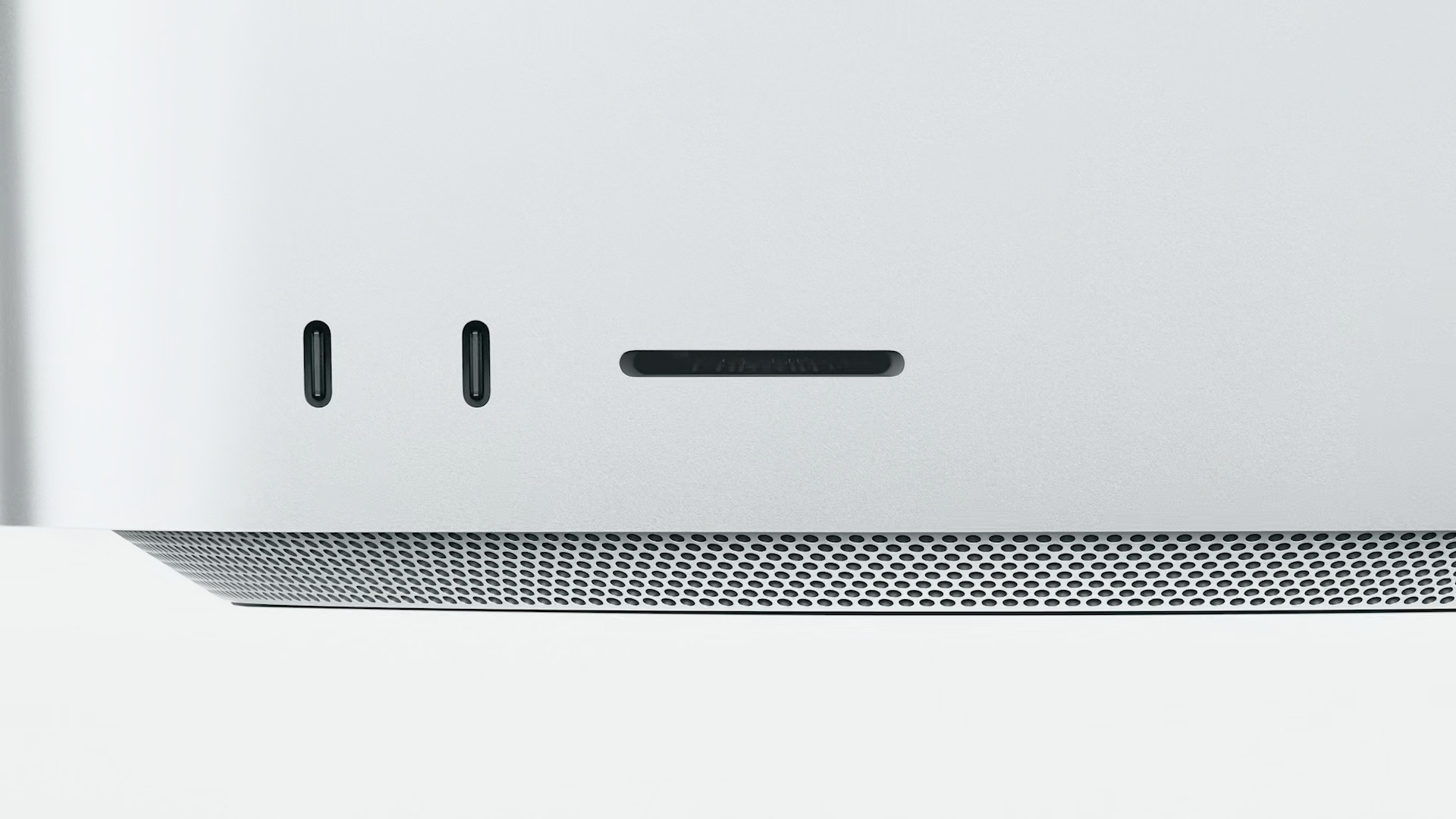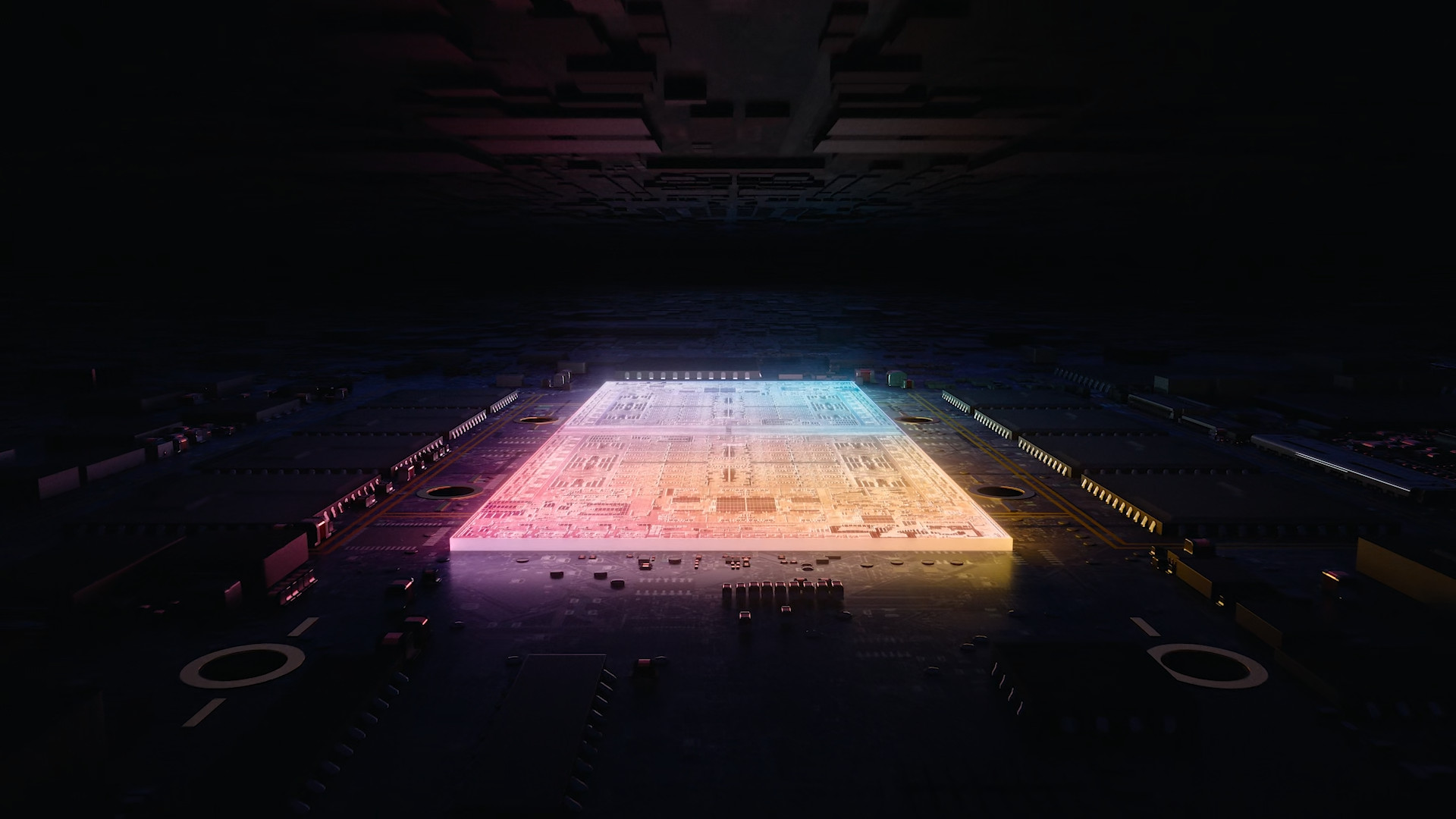By switching from Intel processors to its own chips from the Apple Silicon family, Apple literally managed to launch the entire category of its Mac computers. They have improved in practically all respects. With the arrival of the new platform, we, as users, have seen significantly greater performance and economy, while at the same time the problems associated with device overheating have practically disappeared. Today, therefore, Apple Silicon chips can be found in practically all Macs. The only exception is the Mac Pro, whose arrival is scheduled for next year according to various speculations and leaks.
It could be interest you
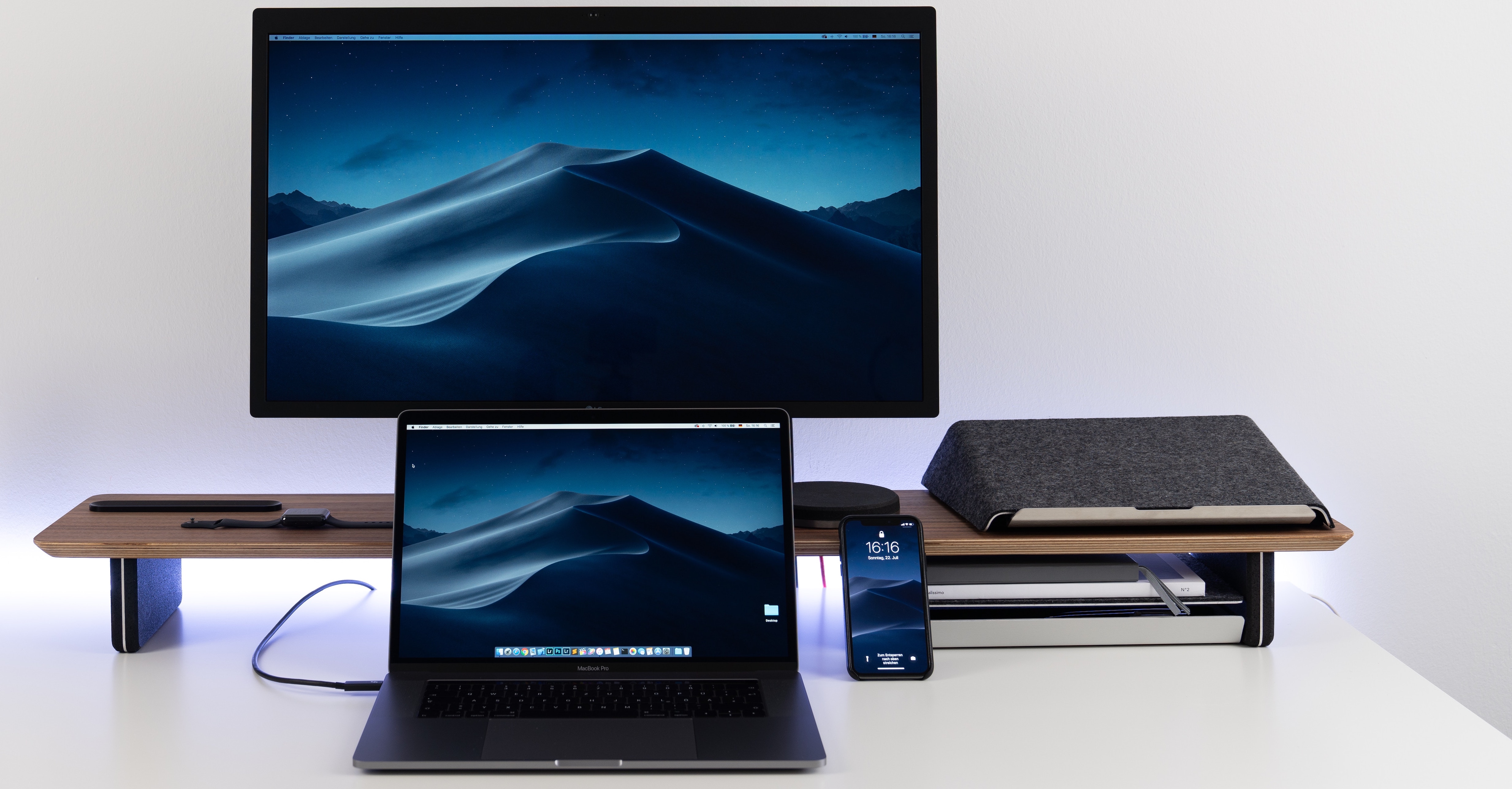
Currently, models powered by M1, M1 Pro, M1 Max, M1 Ultra, or M2 chips are offered. Apple thus completely covers the entire spectrum - from basic models (M1, M2) to professional models (M1 Max, M1 Ultra). When talking about the biggest differences between individual chips, the most important attribute is usually the number of processor cores and the graphics processor. Without the slightest doubt, these are extremely important data indicating the expected possibilities and performance. On the other hand, other parts of apple chipsets also play an important role.
Coprocessors on Mac computers
As we mentioned above, Apple Silicon's SoC (System on Chip) itself doesn't just consist of a processor and a GPU. On the contrary, we can find a number of other extremely important components on the silicon board, which practically complete the overall possibilities and ensure flawless operation for specific tasks. At the same time, this is nothing new. Even before the arrival of Apple Silicon, Apple relied on its own Apple T2 security coprocessor. The latter generally ensured the security of the device and kept the encryption keys outside the system itself, thanks to which the given data was maximally safe.
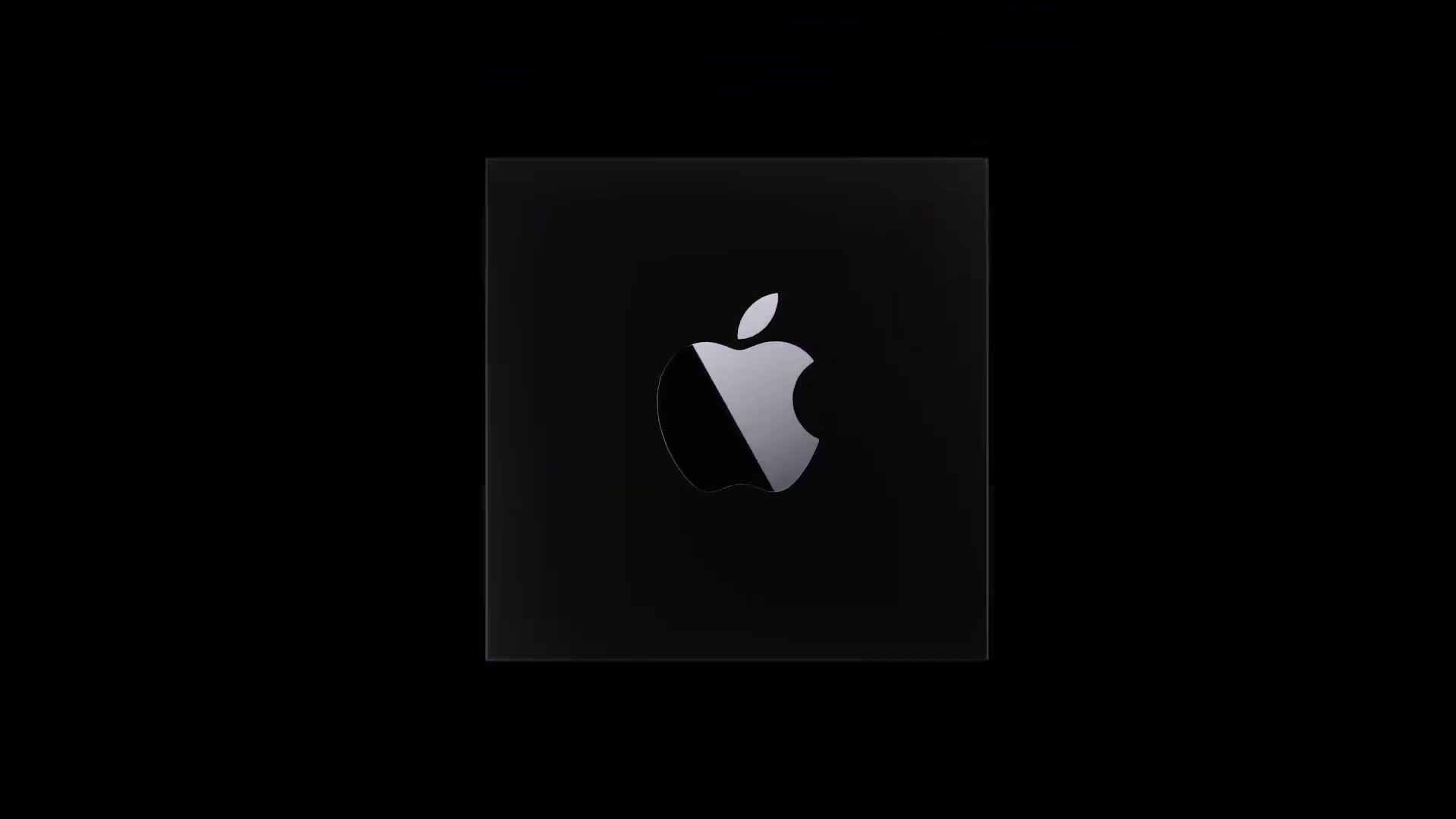
However, with the transition to Apple Silicon, the giant changed its strategy. Instead of a combination of traditional components (CPU, GPU, RAM), which were supplemented by the aforementioned coprocessor, he opted for complete chipsets, or SoC. In this case, it is an integrated circuit that already has all the necessary parts integrated on the board itself. Simply put, everything is connected together, which brings with it major advantages in better throughput and therefore higher performance. At the same time, any coprocessors also disappeared - these are now directly part of the chipsets themselves.
The role of engines in Apple Silicon chips
But now let's get straight to the point. As mentioned, other components of apple chips also play an important role. In this case, we mean the so-called engines, whose task is to process certain operations. Undoubtedly, the most famous representative is Neural Engine. Apart from the Apple Silicon platforms, we can also find it in the Apple A-Series chip from apple phones, and in both cases it serves one purpose – to speed up operations associated with machine learning and artificial intelligence in general.
It could be interest you

However, Apple computers with M1 Pro, M1 Max chips take it one level further. Since these chipsets are found in professional Macs intended for professionals, they are also equipped with a so-called media engine, which has a clear task - to accelerate work with video. For example, thanks to this component, the M1 Max can handle up to seven 8K video streams in ProRes format in the Final Cut Pro application. This is an incredible feat, especially considering that the MacBook Pro (2021) laptop can handle it.
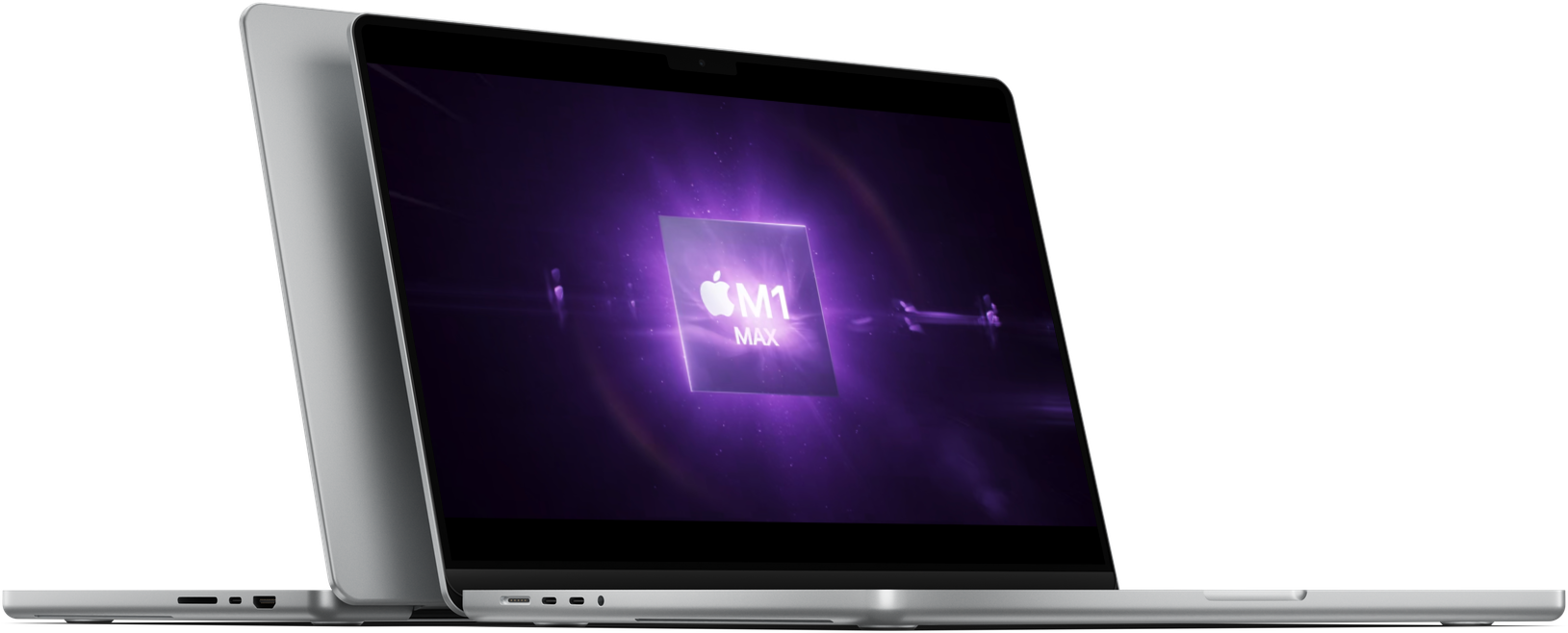
With this, the M1 Max chipset significantly outperforms even the 28-core Mac Pro with an additional Afterburner card, which is supposed to play the same role as the Media Engine – to accelerate work with ProRes and ProRes RAW codecs. We certainly must not forget to mention a rather important piece of information. While Media Enginu is already part of a relatively small silicon board or chip as such, Afterburner is, on the contrary, a separate PCI Express x16 card of considerable dimensions.
The Media Engine on the M1 Ultra chip takes these possibilities a few levels further. As Apple itself states, the Mac Studio with the M1 Ultra can easily handle playing up to 18 streams of 8K ProRes 422 video, which clearly puts it in a completely dominant position. You would be hard pressed to find a classic personal computer with the same capabilities. Although this media engine first appeared to be an exclusive matter of professional Macs, this year Apple brought it in a lightweight form as part of the M2 chip that beats in the newer 13" MacBook Pro (2022) and the redesigned MacBook Air (2022).
What the future will bring
At the same time, a rather interesting question is offered. What the future holds and what we can expect from the upcoming Macs. We can definitely count on them to keep improving. After all, this is also shown by the basic M2 chipset, which this time also received an important media engine. On the contrary, the first generation M1 lags behind in this respect.
It could be interest you






